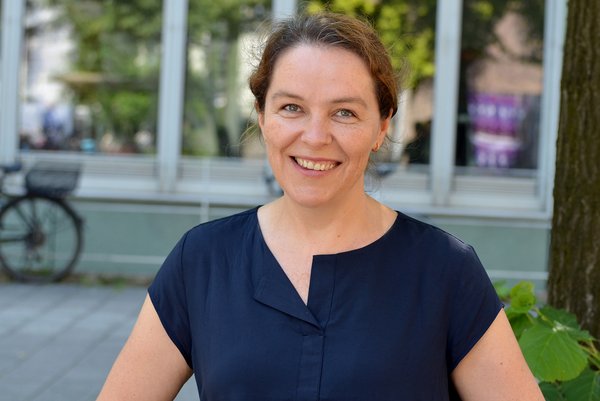
Tatiana Ilyina new professor at Universität Hamburg and Helmholtz-Zentrum Hereon
Prof. Tatiana Ilyina, scientist and group leader of the Ocean Biogeochemistry group at the Max Planck Institute for Meteorology (MPI-M), was recently…
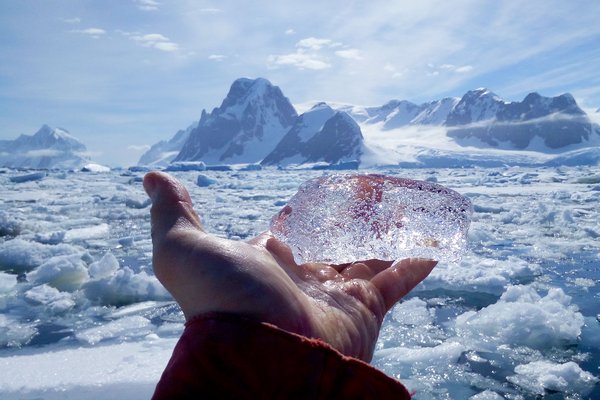
When Neptune nudges dominoes: How the Southern Ocean controls global climate feedbacks
A study by Kang et al. proposes a new hypothesis for the anomalous slowdown in the rate of average global surface warming between 1979 and 2013.…
![[Translate to English:] [Translate to English:]](/fileadmin/_processed_/2/9/csm_T_Sarah_Kang_Director_02_bf7d38b12a.jpg)
Sarah M. Kang appointed as new director at Max Planck Institute for Meteorology
Prof. Sarah M. Kang joins the Max Planck Institute for Meteorology (MPI-M) as a director on 15 August 2023. Prof. Kang joins the MPI-M from the…
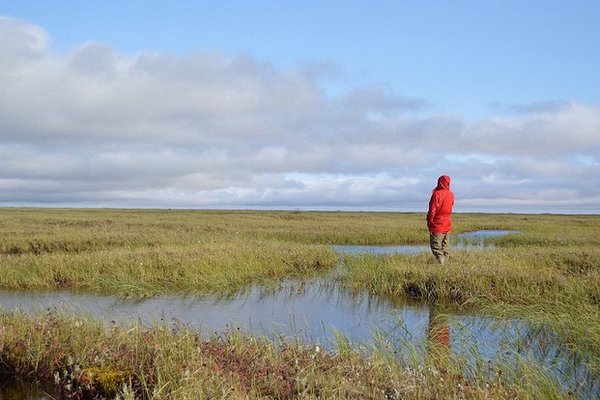
Methane emissions from Arctic ponds are sensitive to warming-induced vegetation changes
Arctic ponds are important sources of methane emissions, and knowledge on their role in the future methane budget is lacking. A new study led by…
![[Translate to English:] Credit: Luca Schmidt](/fileadmin/_processed_/6/6/csm_T_Aktuelles_LucaSchmidt_889daf9eb4.jpg)
Tracking the partitioning of rain
Can land receive more rain than the ocean? One might think that the obvious answer is “Yes”. But land and ocean are two components of a coupled…
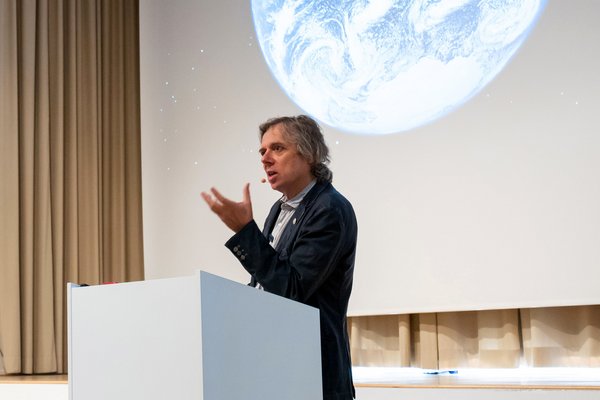
Berlin Summit for EVE — Summit Statement
The summary statement of the Berlin Summit for Earth Virtualization Engines (EVE) issues an impassioned call for international cooperation to advance…
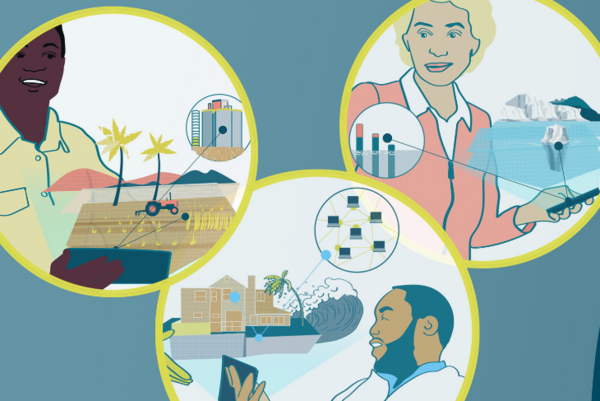
The Berlin Summit for EVE: Toward closing the climate information gap
Never before in millions of years has our planet warmed so rapidly as today. A deeply concerning manifestation of this change is the world’s recent…
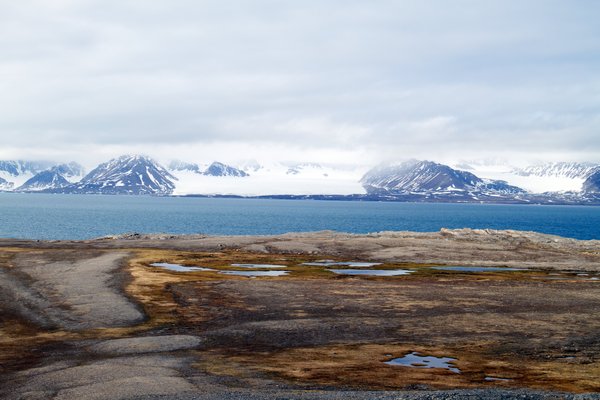
Permafrost hydrology plays an important role in global climate simulations, new study shows
Earth system models exhibit large inter-model differences in the simulated climate of the Arctic and subarctic zone, with varying sea ice…
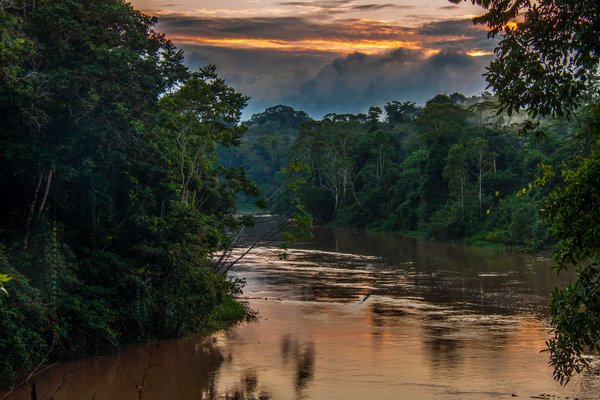
Tropical wetlands drove methane changes since the last glacial
In a new study in Climate of the Past Dr. Thomas Kleinen and Prof. Victor Brovkin, researchers at the Max Planck Institute for Meteorology, together…
![[Translate to English:] [Translate to English:]](/fileadmin/_processed_/2/2/csm_T_Portrait_Datseris_26872b1265.jpg)
Three fellowships for George Datseris
Dr. George Datseris, a scientist previously working in the department “The Atmosphere in the Earth System” at the Max Planck Institute for…
![[Translate to English:] [Translate to English:]](/fileadmin/_processed_/8/e/csm_Schannwell_Heinrich_Event_2023_3x2_02_05ef9933bf.jpg)
The effect of climate perturbations on the timing of Heinrich events
Throughout the last glacial period (ca. 65,000-15,000 years before present) periodic ice discharge events from the North American ice sheet, known as…
![[Translate to English:] [Translate to English:]](/fileadmin/_processed_/a/2/csm_T_warmworld_49ea77b5fd.jpg)
WarmWorld project at full speed
With the first day of spring we also kick off the full module-team of the BMBF-funded WarmWorld project. Within this project, the Max Planck…
